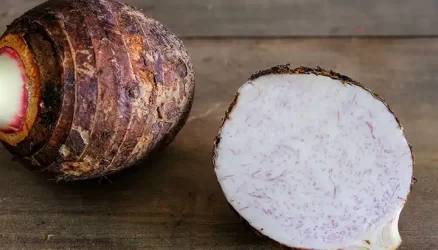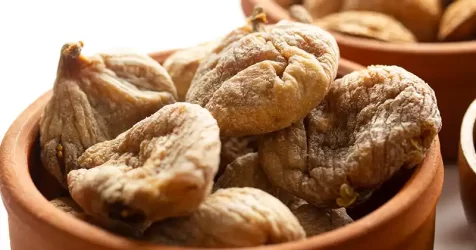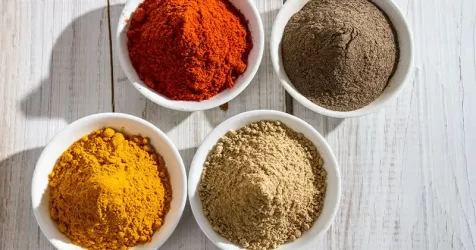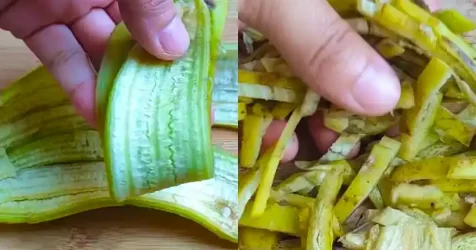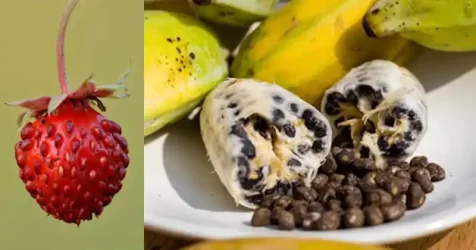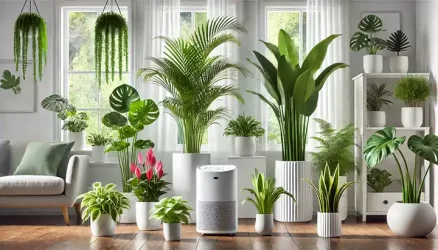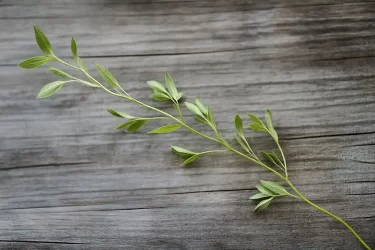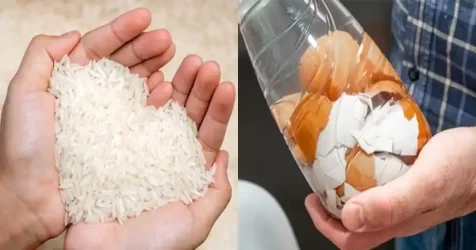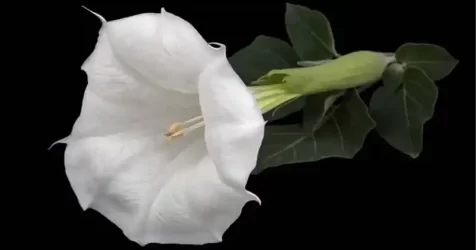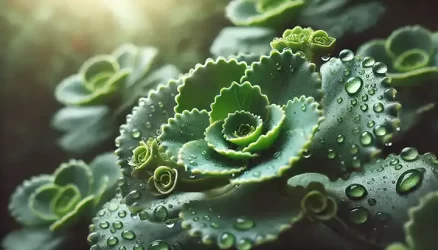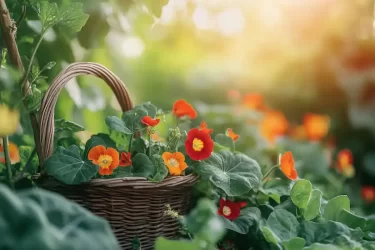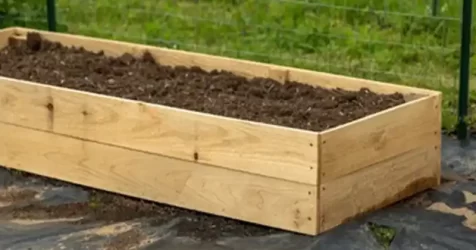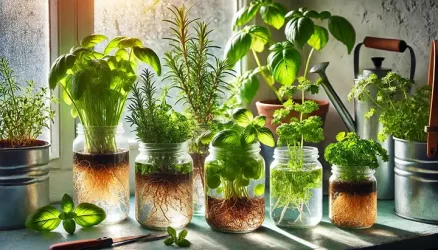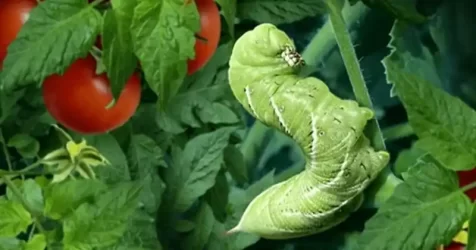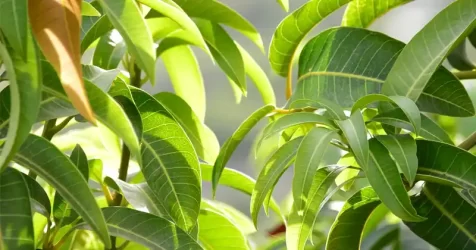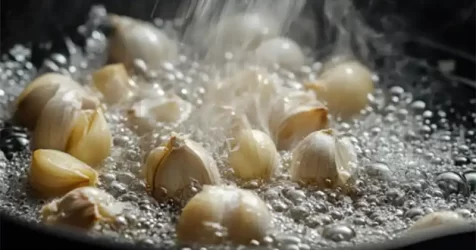Unlocking the Versatility of Sunflower Seed Shells
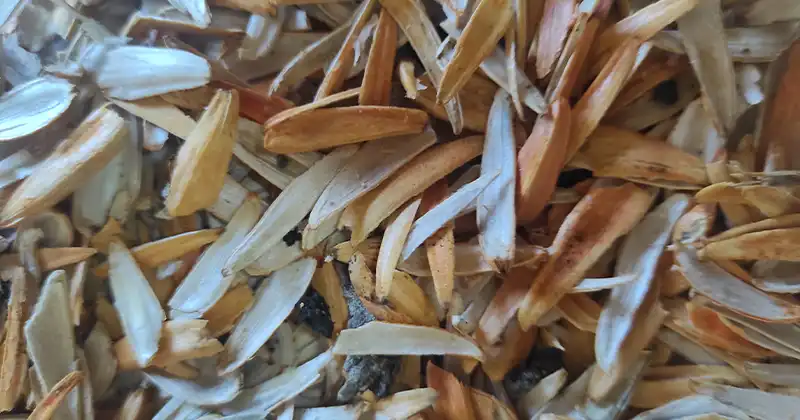
Sunflowers, with their vibrant and cheerful appearance, offer more than just garden aesthetics. The sunflower plant (Helianthus annuus) yields seeds that are a popular snack, packed with healthy fats, fiber, and essential nutrients. But amidst your enjoyment of these delectable seeds, you may be overlooking the incredible potential of the discarded shells. Unsalted sunflower seed shells have a range of surprising applications, not only in your garden but also within your home.
- Natural Mulch
Sunflower seed shells, much like nut shells, can serve as organic mulch. Organic mulch not only enhances the visual appeal of your garden but also assists in retaining soil moisture, enriching fertility, and preventing weed growth. To make the most of sunflower seed shells, gather them and mix them with other organic mulch materials such as wood chips, leaves, or bark before spreading this mixture throughout your garden. These shells are sturdy and decompose slowly, gradually releasing carbon, fats, proteins, and carbohydrates to nourish the soil.
- Potted Plant Base
Decorative planters with significant depth often require excessive amounts of potting soil, leading to wastage. To conserve soil and reduce costs, consider placing sunflower seed shells at the bottom of your containers. Ensure there’s enough space at the top for potting soil, and make sure the planting depth aligns with the plant’s mature size. Sunflower seed shells also contribute to improved drainage, preventing waterlogged roots.
- Container Drainage
Sunflower seed shells can replace traditional drainage pebbles at the base of potted plants, especially when the pots lack proper drainage holes. By adding a layer of sunflower seed shells to the container’s bottom, you can ensure that excess water drains away, safeguarding the plant’s roots. Unlike conventional materials, sunflower seed shells biodegrade over time, eliminating the need for retrieval when repotting.
- Pest Repellent
Sunflower seed shells can act as a natural deterrent against common garden pests. Sprinkle them around your outdoor plants to discourage digging by squirrels, chipmunks, and raccoons. Additionally, salted sunflower seed shells can deter slugs and snails when used as a barrier around plants or garden perimeters. For indoor gardening, these shells can help protect your houseplants from the curiosity of pets.
- Firestarter
The woody composition of sunflower seed shells makes them excellent kindling for fires. Whether you’re igniting a fire or reviving a dwindling one, a handful of sunflower seed shells can ignite or intensify the flames. They are perfect for enclosed fire pits and wood stoves, but exercise caution when using them in open campfires due to their fat content.
- Creative Crafting
Creative individuals have discovered innovative ways to incorporate sunflower seed shells into DIY projects. Their unique shape makes them perfect for crafting beautiful flowers, making them an excellent choice for various creative endeavors. Use them in projects like hanging succulent gardens, painted floral wreaths, decorative trees, lotus candle holders, and even ombre necklaces.
- Composting
When all else fails, sunflower seed shells can become a valuable source of “brown” material for your compost pile. Although they decompose slowly, you can expedite the process by crushing them or soaking them in water overnight to soften them before adding them to your compost heap.
By embracing these inventive uses for sunflower seed shells in your home and garden, you can adopt a sustainable and resourceful approach to daily living. These versatile shells not only reduce waste but also enhance the functionality and aesthetics of your living space. So, the next time you savor a handful of sunflower seeds, remember the potential of their shells beyond the snack bowl.
